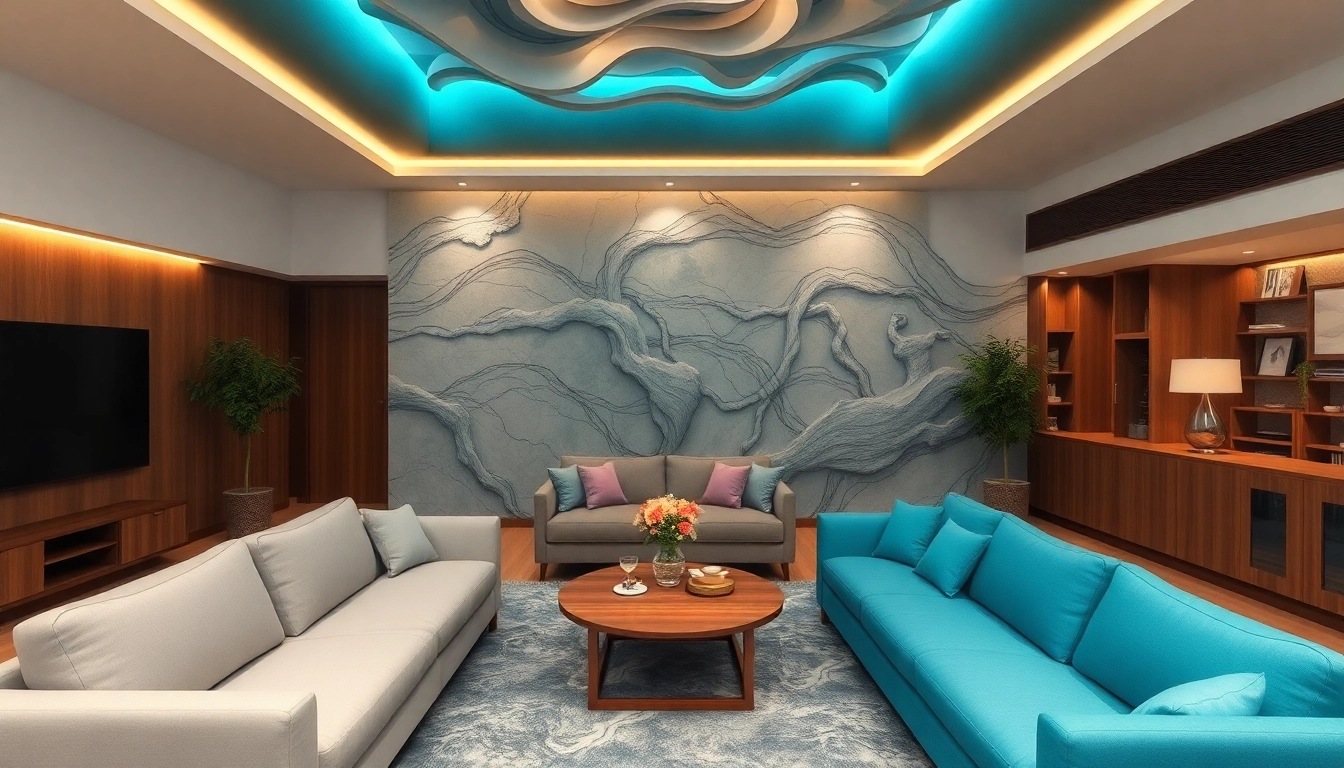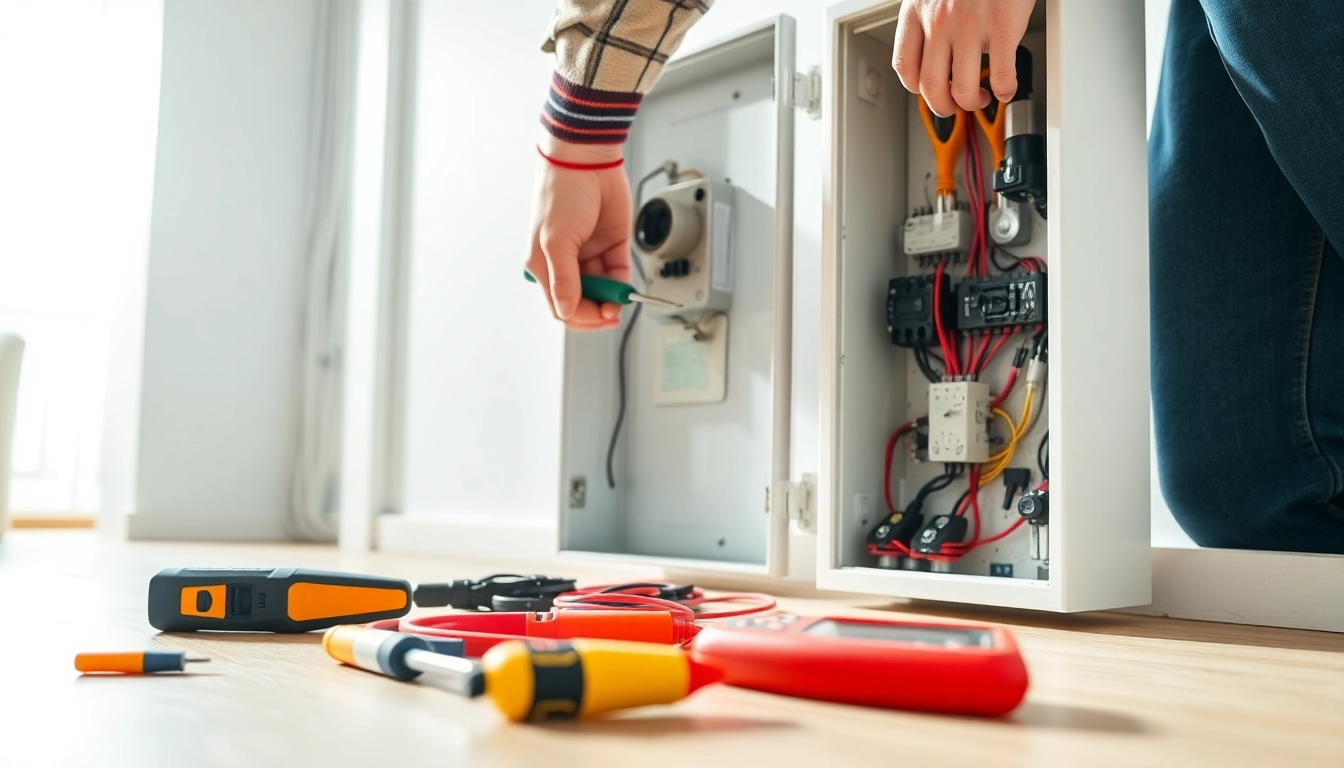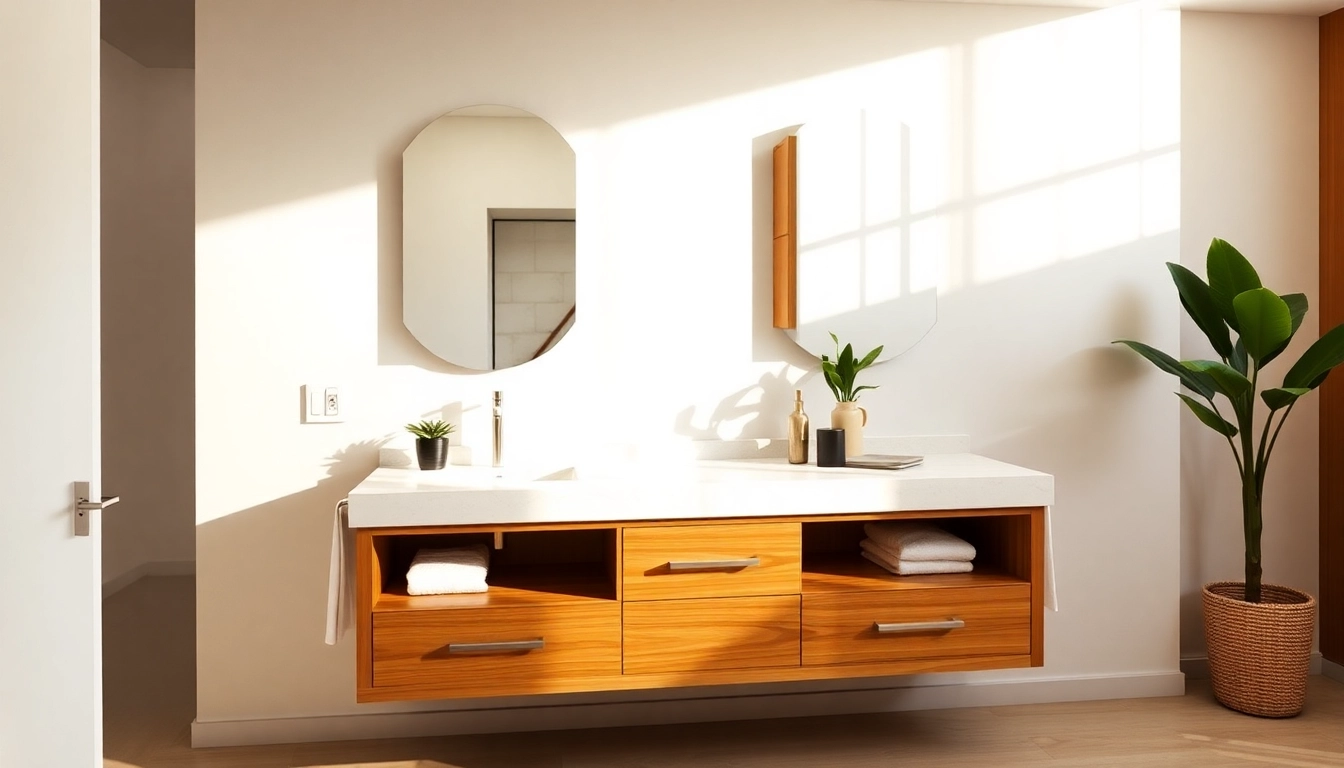Introducing Water Vapor Fireplaces
Water vapor fireplaces are rapidly gaining popularity as modern alternatives to traditional fireplaces. Unlike conventional models that burn wood or gas to create heat and ambiance, water vapor fireplaces utilize ultrasonic technology to create a realistic flame illusion using water vapor. These innovative systems not only deliver aesthetic appeal but also offer safety advantages and energy efficiency. For those interested in enhancing their interior spaces with a safe and attractive option, a water vapor fireplace might be the perfect solution.
What is a Water Vapor Fireplace?
A water vapor fireplace is an electric appliance designed to simulate the appearance of traditional open flames by converting water into vapor. Typically, this is achieved through ultrasonic systems that emit a fine mist, which is illuminated by LED lights, creating a three-dimensional flame effect that looks surprisingly realistic. These fireplaces are flame-free, meaning they do not produce actual fire, which complements their appeal for safety-conscious homeowners, particularly those with children or pets.
History and Technology Behind Water Vapor Fireplaces
The concept of water vapor fireplaces emerged from advancements in ultrasonic technology, which began to gain traction in the late 20th century. Initial iterations of these systems were designed for industrial applications, often focusing on humidification. The transition to consumer-led design in interior spaces occurred as manufacturers began to appreciate the aesthetic potential of ultrasonic mist. Over the years, engineers have honed this technology to not only project a beautiful flame effect but also to minimize energy consumption and environmental impact.
Benefits of Using a Water Vapor Fireplace
The primary advantages of water vapor fireplaces include:
- Safety: As water vapor fireplaces do not use real flames, they eliminate the risk of fire hazards associated with traditional fireplaces. Homeowners can enjoy the mesmerizing effect of flames without the dangers of burning embers or gas leaks.
- Environmentally Friendly: These fireplaces produce no harmful emissions since they operate purely on water and electricity. This characteristic appeals to environmentally conscious consumers.
- Energy Efficiency: Water vapor models are typically more energy-efficient than traditional fireplaces. They do not require vast amounts of energy to operate and can function effectively in any season, providing atmosphere without excessive energy use.
- Low Maintenance: Unlike wood or gas fireplaces, which require regular cleaning of soot and debris, water vapor fireplaces need minimal maintenance. Occasional cleaning of the water tank and ultrasonic components is typically sufficient.
How Water Vapor Fireplaces Work
The Ultrasonic Principle in Generating Water Vapor
At the heart of water vapor fireplace technology is the ultrasonic transducer. When activated, the transducer vibrates at a high frequency, creating ultrasonic waves that agitate the water in the reservoir. This agitation produces a fine mist that rises into the upper chamber of the fireplace, where it is illuminated by LED lights. The combined effect mimics the appearance of swirling flames, providing an enchanting ambiance without any heat.
Key Components and Their Functions
Water vapor fireplaces consist of several key components:
- Water Reservoir: A container that holds water for vapor production. Depending on the model, it may require refilling regularly or can be connected directly to a water line for continuous use.
- Ultrasonic Unit: The device that creates high-frequency sound waves to agitate the water, forming the mist that simulates flames.
- LED Lighting: Integrated lights that enhance the visual effect of the water vapor by providing illumination that resembles real flames.
- Control System: A user-friendly interface allowing users to adjust settings, including water flow rate and light intensity.
Simple Operating Process
Operating a water vapor fireplace is relatively straightforward:
- Fill the water reservoir with clean water.
- Plug in the fireplace to a standard electrical outlet.
- Adjust the control settings as desired, typically available via a remote or app.
- Activate the fireplace, and enjoy the illusion of flames as the mist is generated and illuminated.
Advantages and Disadvantages of Water Vapor Fireplaces
Advantages in Safety and Energy Efficiency
Water vapor fireplaces stand out for several reasons:
- Enhanced Safety: With no combustion involved, these fireplaces eliminate risks such as chimney fires or carbon monoxide poisoning, making them suitable for use in various settings.
- Flexible Design: Available in numerous styles and sizes, they can complement various decor themes, from minimalist to rustic design.
- Humidifying Effect: As they produce moisture, they contribute to better humidity levels in indoor spaces, especially beneficial in dry climates or during winter months when heating systems dry out the air.
Potential Disadvantages to Consider
While water vapor fireplaces present compelling benefits, there are some potential drawbacks that buyers should be aware of:
- Limited Heat Generation: Unlike traditional fireplaces that provide actual warmth, water vapor fireplaces primarily serve an aesthetic purpose. They can be inefficient for heating larger spaces.
- Electric Dependency: Operating on electricity means they can be rendered useless during power outages. Users in areas with unstable power supply may find this feature limiting.
- Regular Maintenance Required: Although low maintenance, users must clean the water tank and other components regularly to ensure optimal performance and prevent any buildup of minerals or algae.
Comparing with Other Fireplace Types
When choosing between a water vapor fireplace and other types of fireplaces, it’s important to review key differences:
| Feature | Water Vapor Fireplace | Traditional Wood Fireplace | Gas Fireplace |
|---|---|---|---|
| Real Flames | No | Yes | Yes |
| Heat Output | Very Low | High | Moderate |
| Maintenance | Low | High | Moderate |
| Safety | High | Low | Moderate |
Choosing the Right Water Vapor Fireplace
Factors to Consider
Selecting the ideal water vapor fireplace for your home involves considering various aspects:
- Space Availability: Evaluate where you will place the fireplace—whether it’s for a corner, wall-mounted, or standalone unit—and choose accordingly.
- Design Style: The fireplace should complement your existing decor. From contemporary to rustic designs, a wide range exists to fit your taste.
- Features: Some fireplaces come with advanced features, such as Bluetooth connectivity, smart controls, and adjustable mist settings, which could enhance your experience.
Top Models and Brands
Numerous brands offer reliable water vapor fireplaces, with some of the most popular including:
- Aquafire: Known for its innovative designs and safety features, Aquafire offers a range of models that are often lauded for their realistic flame effects.
- Dimplex: A pioneer in electric heating solutions, Dimplex’s Optimyst series showcases exceptionally realistic vapor flames.
- Modern Blaze: This brand combines aesthetic appeal and functionality, making it suitable for both residential and commercial spaces.
Installation and Maintenance Tips
Installing a water vapor fireplace is generally straightforward. Here are some vital tips:
- Follow manufacturer instructions carefully during installation to ensure safety and optimal function.
- Consider professional installation if you’re unfamiliar with electrical appliances or if the unit requires water line connections.
- Regularly check and clean the water tank and ultrasonic system to prevent clogs or mineral buildup.
Creating the Ideal Ambiance at Home
Styling Your Space with Water Vapor Fireplaces
Water vapor fireplaces can transform your living space into a cozy retreat. Consider the following styling tips:
- Focal Point: Make the fireplace the center of attention in your room, whether mounted on a wall or placed on a stand.
- Complementary Decor: Use accessories like mantels, decorative logs, or art pieces to enhance the fireplace’s visibility and aesthetic appeal.
- Layered Lighting: Combine the glow of the fireplace with other light sources, such as lamps or overhead lights, to create depth and warmth in the space.
Integrating with Interior Design
A water vapor fireplace can seamlessly integrate into any interior design scheme. Here are some ideas:
- Rustic Settings: Pair the fireplace with wooden accents, metal frames, and natural textiles to create a warm, inviting atmosphere.
- Modern Designs: Complement sleek furniture and decor with a minimalist fireplace design that emphasizes clean lines and contemporary materials.
- Cozy Corners: Position the fireplace in a lounge area with comfortable seating, creating the perfect space for relaxation.
Conclusion and Final Recommendations
Water vapor fireplaces represent a revolution in home heating solutions, offering aesthetic appeal without the safety risks associated with traditional fireplaces. When well-chosen and installed, they can enhance the warmth and ambiance of any room, making them perfect for diverse interior styles. As you consider the right model for your needs, weigh the unique advantages and disadvantages to ensure that your choice delivers not only beauty but also practicality and comfort.














Leave a Reply